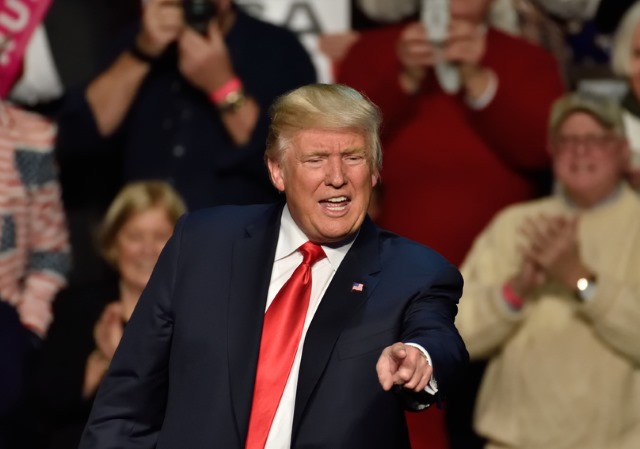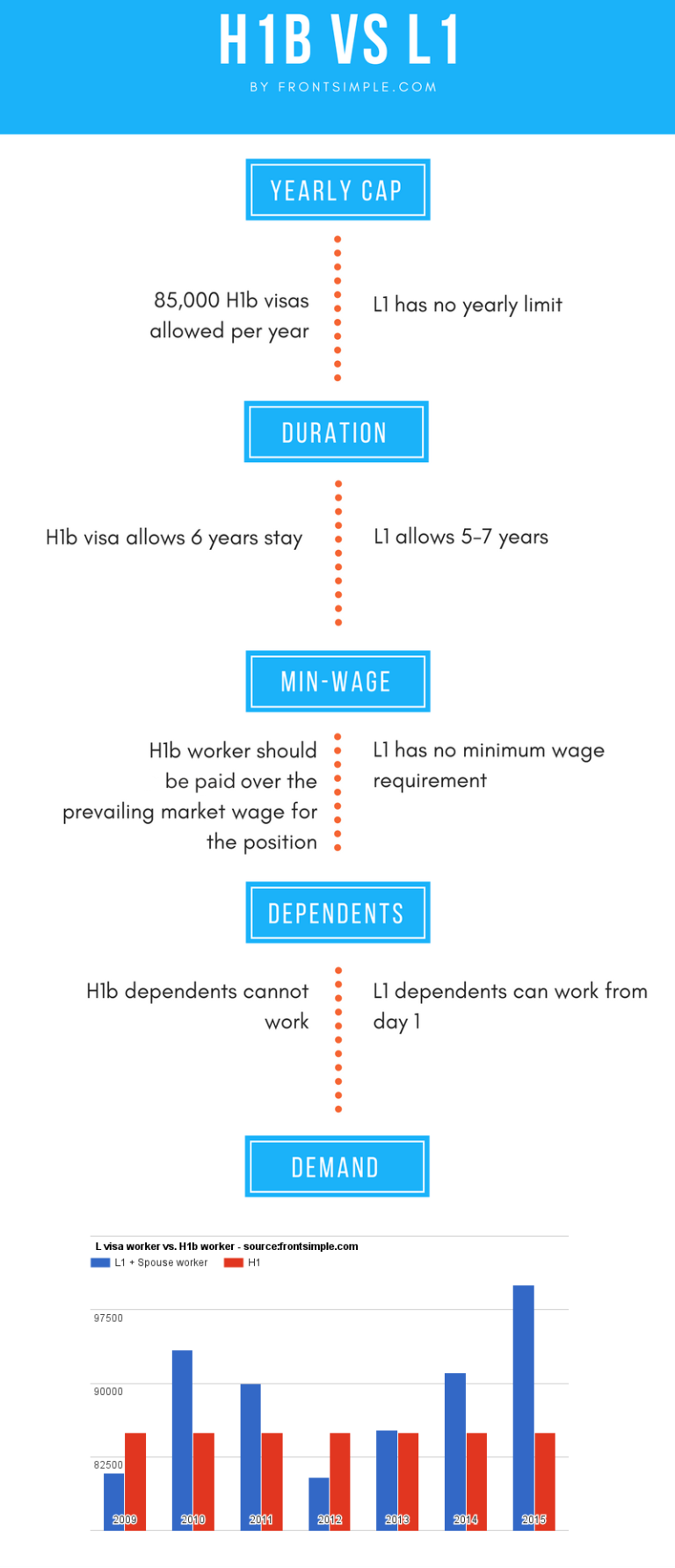Trump's anti-H-1B order won't be what it seems

Immigration policy and trade protectionism play large roles in the new Administration of President Donald Trump. With the goal of Making America Great Again the new President wants to more tightly control the flow of goods and labor into the USA. Over the last week this has taken the form of an Executive Order limiting travel from seven specific Muslim countries. That order wasn’t well done, wasn’t well explained, has caused lots of angst here and abroad and is at this moment suspended pending litigation.
That order is supposedly about limiting terrorism. It will be shortly followed, we’re told, by further Presidential actions limiting abusive labor imports using, specifically, H-1B visas. This time, depending again on how the actual order is interpreted, it might be the right thing to do, because H-1B visa abuse is a very real thing that has hurt American workers.
Even a stopped clock is correct twice a day
The point of this column is to look at this promised Executive Order (a draft of which can be read here), discuss how it might be misinterpreted by the general media, and decide whether it has a chance of actually accomplishing Trump’s stated goal of increasing employment of qualified American citizens.
The draft doesn’t really say anything specific about the H-1B program. Instead it orders a study of all worker visa programs (this is key as you’ll see below) and directs appropriate agencies to work on changing those visa programs to benefit U.S. employment and economic productivity, which aren’t always one and the same.
I’ve written quite a bit about H-1B abuse and don’t want to have to repeat all that so here are links to my old columns about it no particular order. The short version is high tech employers say there is a shortage of good technical workers so they want to hire from abroad. The truth is that there really isn’t such a labor shortage, it’s all a scam on the part of employers to keep wages and benefits down (there’s a shortage of cheap labor, not labor at a fair price) and the worst part is the foreign workers brought in under H-1B are often worse at their jobs than workers who could have been hired locally. The whole program is a disgrace and Trump was smart to go against it.
But when Trump’s H-1B Order is finally announced, it is doubtful that the information in my last paragraph will be part of the story because much of the press has bought into the company line that there’s a national tech labor shortage. Last week, for example, I heard a Bloomberg News reporter say on TV, "we all know there’s a terrible shortage of technical workers in this country."
Actually "we all" don’t know that, yet if the idea is laid-down without question or qualification in the lead of a Bloomberg TV story, then that means an Executive Order targeting H-1B abuse is likely to be seen in the wrong light, too. If it seems to be opposing free immigration (being protectionist) then the same people who are (probably rightly) criticizing the current seven country travel ban are likely to see this next Order as doing essentially the same thing. But this time they’ll be wrong and it is important for us to know that.
If you are going to march in support of H-1B visas, at least be informed about the subject of your march, because Bloomberg sure the heck isn’t.
Now the cynic in me just has to speak up, wondering aloud how President Trump will actually spin these changes in employment immigration to somehow benefit both the workers/voters to whom he has made promises and their Big Business bosses, who presumably have somewhat different objectives?
Channeling President Trump, I think Trump IS going to wack the H-1B program, which will affect mainly Indian IT consultancies, but he’ll leave unchanged the L-1B visa program that allows American companies to shift their employees to America from abroad.
Think about it, in this case with IBM as an example. IBM Global Services sees itself as competing with big H-1B users like Tata and Infosys and an H-1B ban or severe limitation would give IBM -- or any similar U.S.-based multinational -- an advantage, especially if the L-1B visa program is left untouched. With L-1B, IBM can use its own Indian employees MAKING INDIAN PAY AND BENEFITS to do the work here in the USA. No need to pretend you can’t find an American worker as presently required by H-1B. No need to advertise. No need to pretend you are paying a locally competitive wage.
L-1B visas are hardly ever mentioned in the press yet they are even bigger than H-1B already. It’s worse for American workers than H-1B, too. So what if Trump cuts back or freezes H-1B numbers without touching the (presently unlimited) L-1B program? He’ll still be keeping a campaign promise, yet also working to enrich Big Business at the expense of the very people who voted for him.
We’ll just have to wait and see which way it rolls.

Image credit: Evan El-Amin / Shutterstock
Infographic credit: Frontsimple
